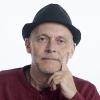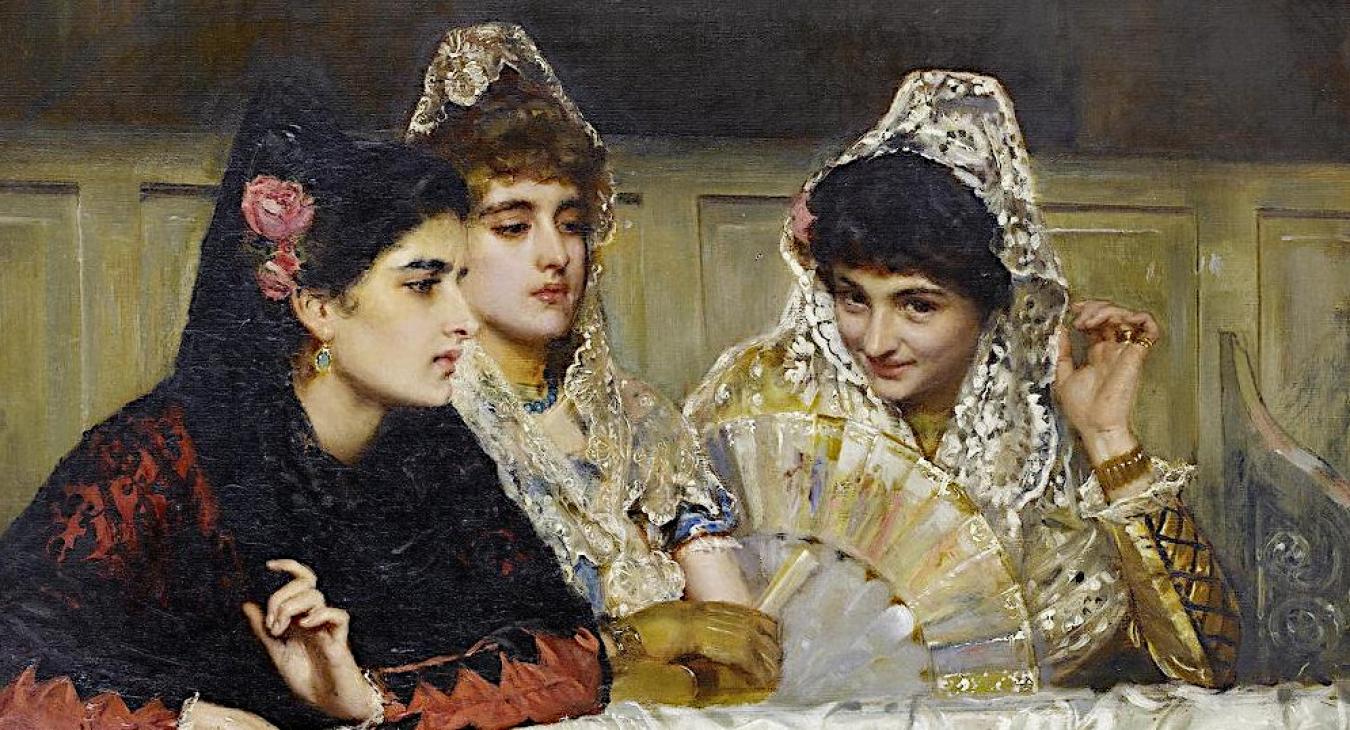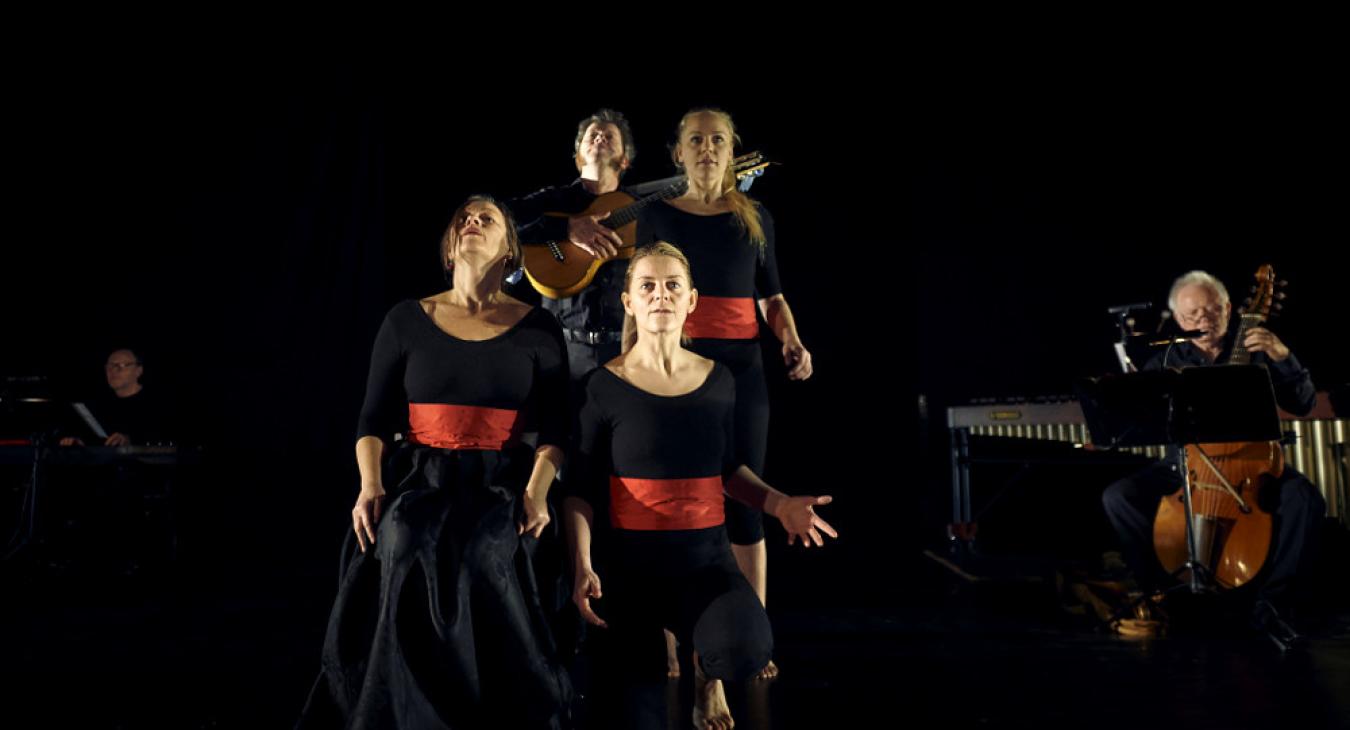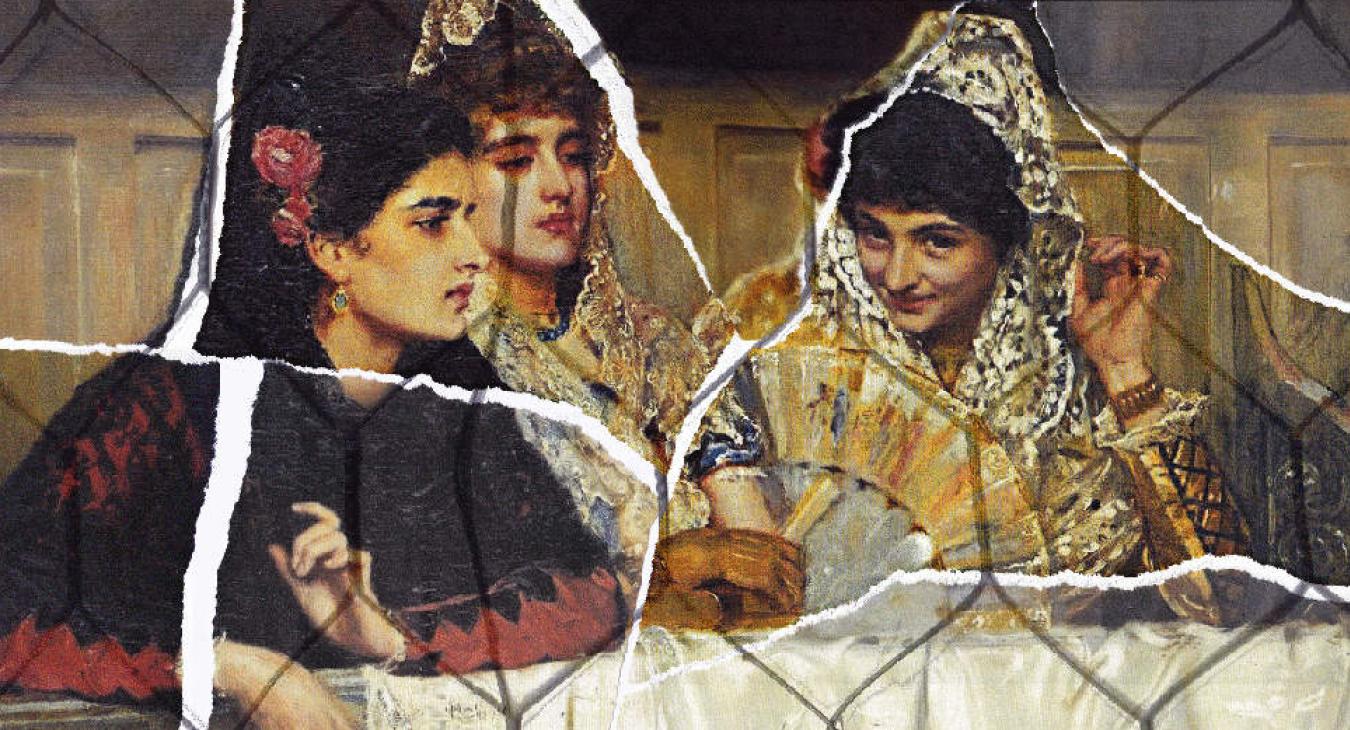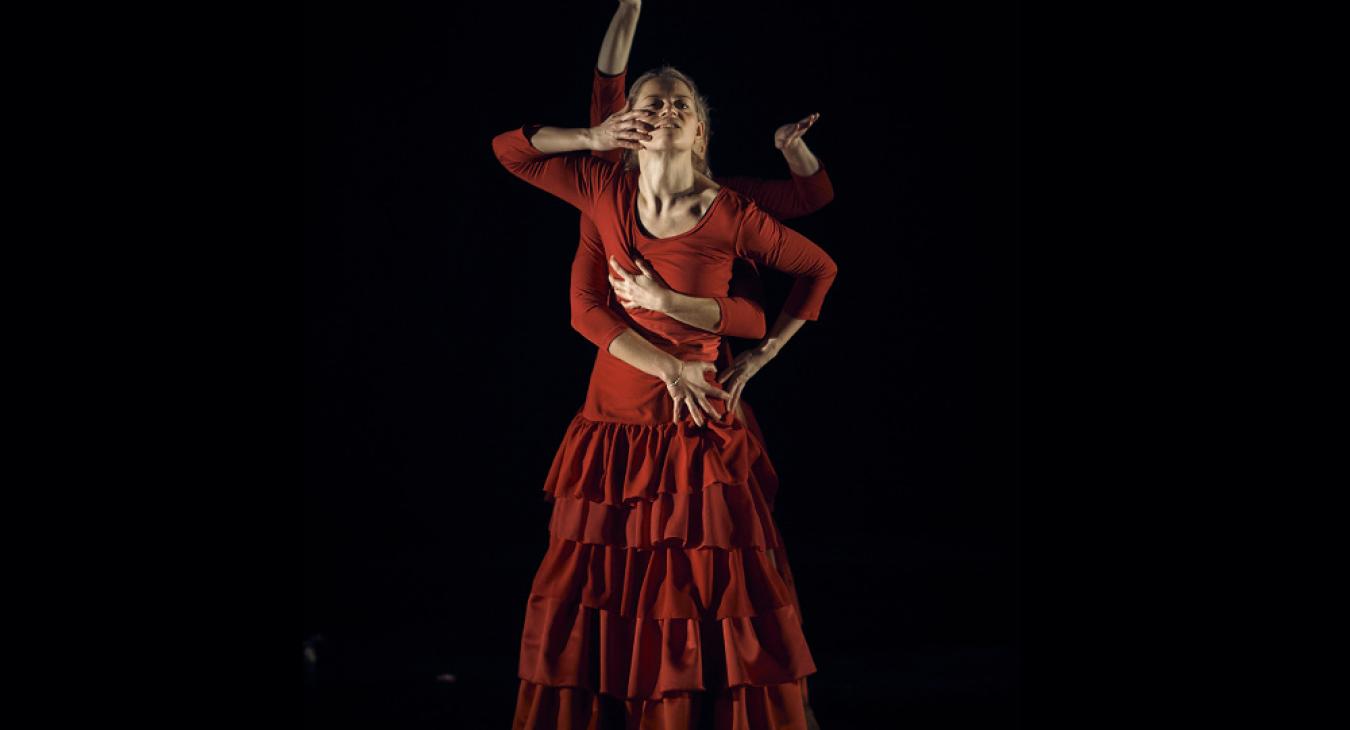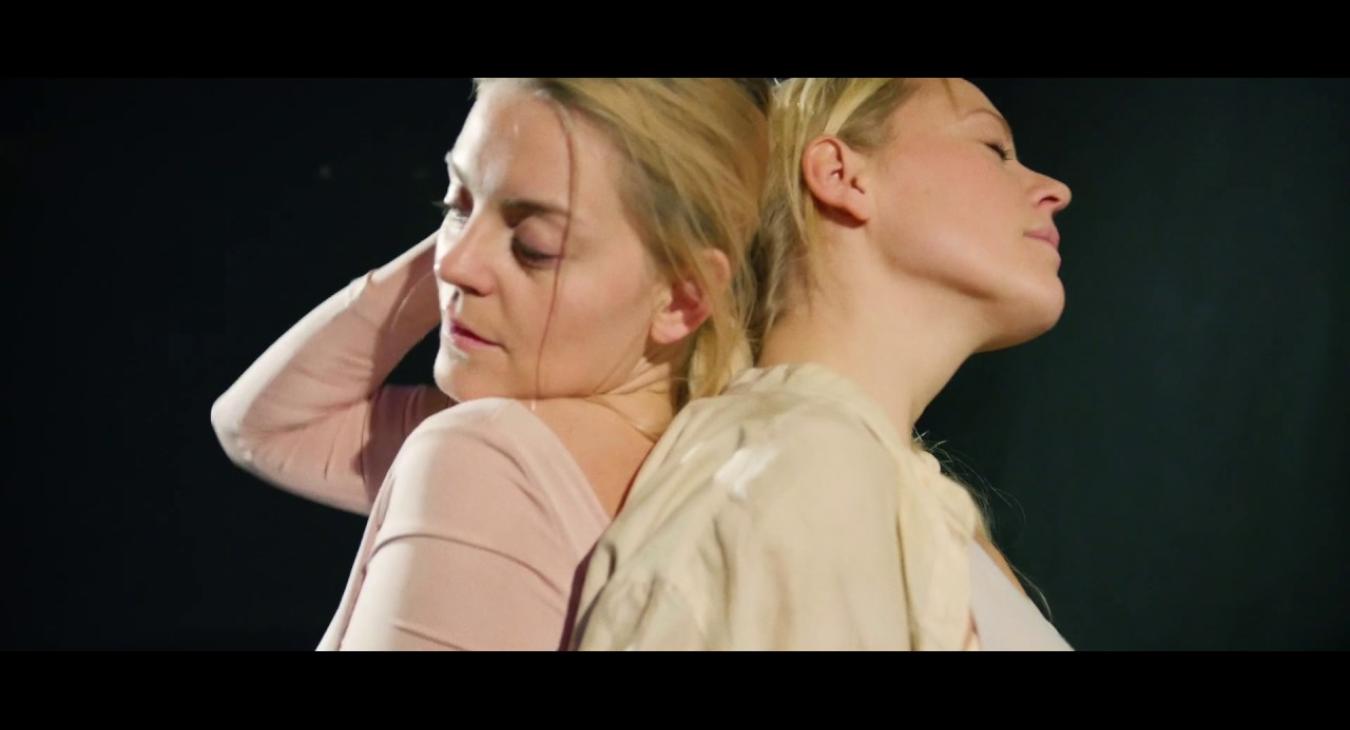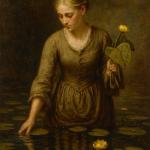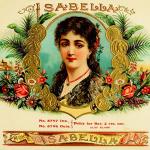A physical opera
'Andersen's Duende' is a physical opera in which the opera's narrative is expressed to a greater extent through music and movement (dance and performance) than through a sung dialogue. 'Andersen's Duende' is an inner and an outer journey that explores identity and culture, opposites, tradition, desires, stereotypes and our own relationship to history. 'Andersen's Duende' is a choreographic hybrid, with an unusual mix of physical and auditive expressions, based on Danish romance, Spanish folk traditions and new algorithmic compositions.
The opera is based on H.C. Andersen's well-placed travelogue from 1862 "In Spain", together with some atypical sensual poems, and the authors diaries from the journey, which show a completely different and darker reality. A series of musical tableaux in a raw scenography, in interaction with video projections, depict situations from the journey to exotic Spain, which for Andersen ends as a hunt for passion, intensity and the artistic inspiration: El duende (1)
THE MUSIC AND THE SCENIC EXPRESSION
The performance features a pianist, a guitarist, a viola da gamba player, a percussionist, a classical singer, a singer/performer who uses techniques from folk music and flamenco singing, and a modern dancer. The musicians are in the same stage room as singers and dancers/performers. In terms of genre, the music ranges from a European romantic expression and early flamenco, to algorithmic and electronic sound surfaces and manipulated real sounds. The tonal language of romance and the electronic world of sound each serve in their own way to illustrate the complexity of Andersen's feelings and impressions; The hunting is focused on the passion and the artistic inspiration. But beneath the romantic expression lurks the early flamenco that, with its historical, cultural connections to suffering and death, destroys the romantic glamorous image. As the opera's narrative progresses, the romantic expression is deconstructed. Thematic expressions from both romance and flamenco are torn loose, processed and included in new connections within the electronic expression.
The hunting is focused on the passion and the artistic inspiration: El Duende
The physical element of the opera involves both dancers, singers and musicians. The supporting choreography, which is performed by the two professional dancers/performers, is developed by the set designer and dancer in close collaboration with the composer and musicians.
THE COURSE OF THE OPERA
The opera is made up of a number of independent tableaux. The action follows Andersen's journey chronologically, but unfolds in different artistic spaces; for each geographical location there's in a new color and a newa new contrast is exposed. Each tableau sheds light on Andersen's struggle with and against the 'Duende'. "The Danes are cold cloying souls", he writes several years before his journey. The Nordic watery, Lutheran coolness and clarity in contrast to the southern warm-blooded, Catholic energy: North-south, blood-water, hot-cold, acoustic-electronic, historical-contemporary, superficially-deep, uplifted-depressed, organized-uncontrolled, rich-poor, classic-popular, inner-outer, passionate-unredeemed ....
”The Danes are cold cloying souls”
Through these exposed contrasts and contradictions, a new harmony emerges between body, space and sound. The rhythm and pulse of the castanets sounds different, as Andersen ends his journey in Burgos with a (historically factual) near-death experience. As he opens the window in the final scene and looks out into the night, he is no longer just a tourist, but a human being who recognizes the connection between passion and suffering in the 'Duende', the artistic soul, which was the goal of his journey.
Note (1): It is "El duende" that evokes chills, laughter or crying when one experiences a strong artistic expression with roots in a traditional culture. The term originates from the Spanish poet Federíco Garcia Lorca and is well known in the flamenco world.
